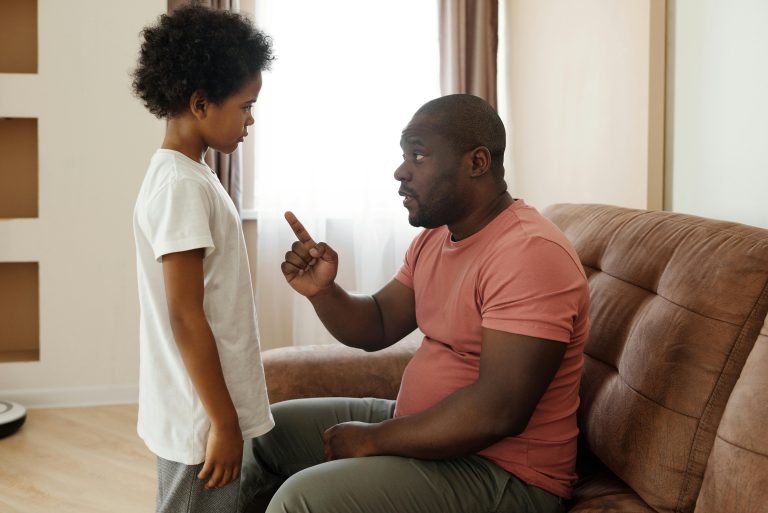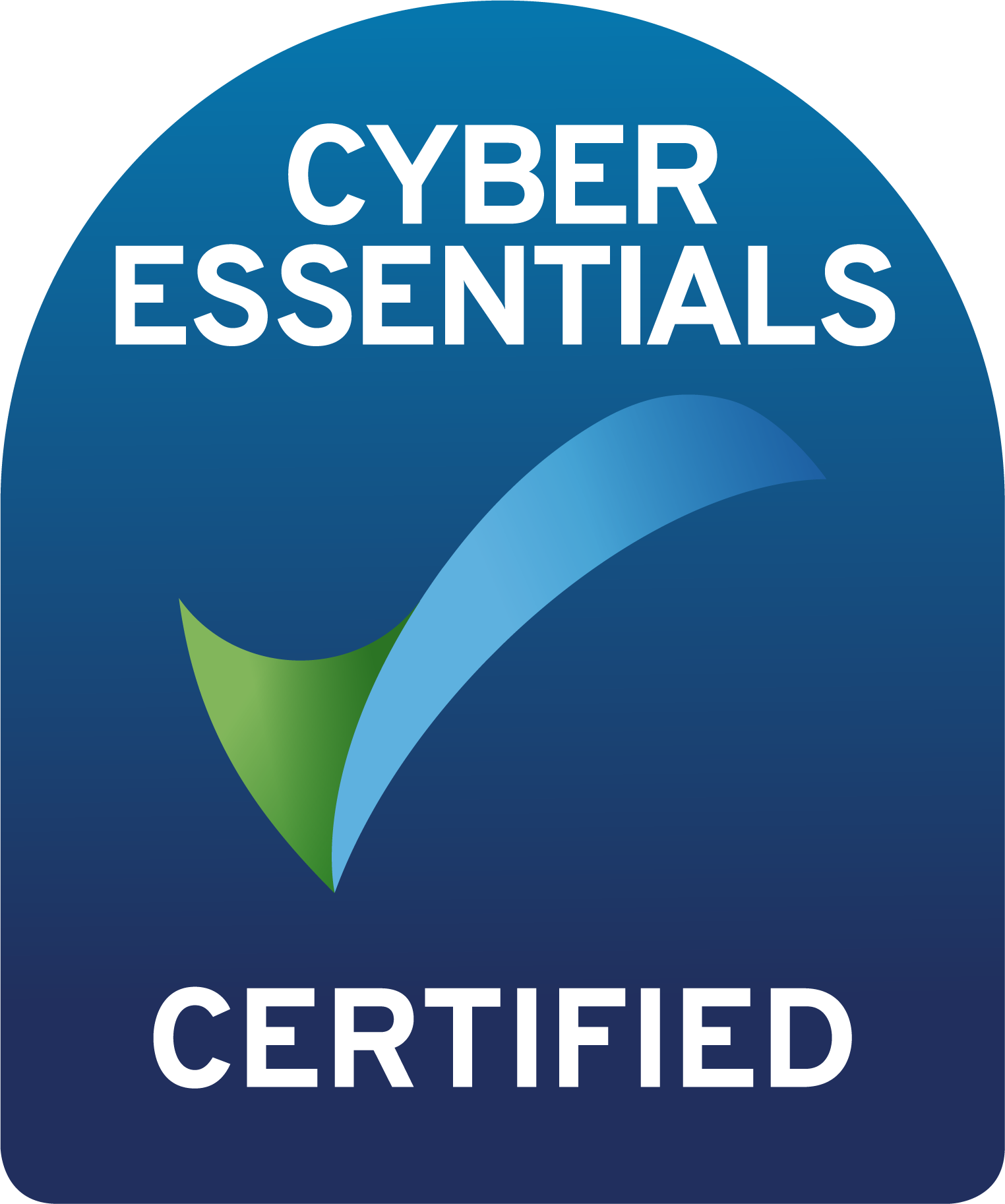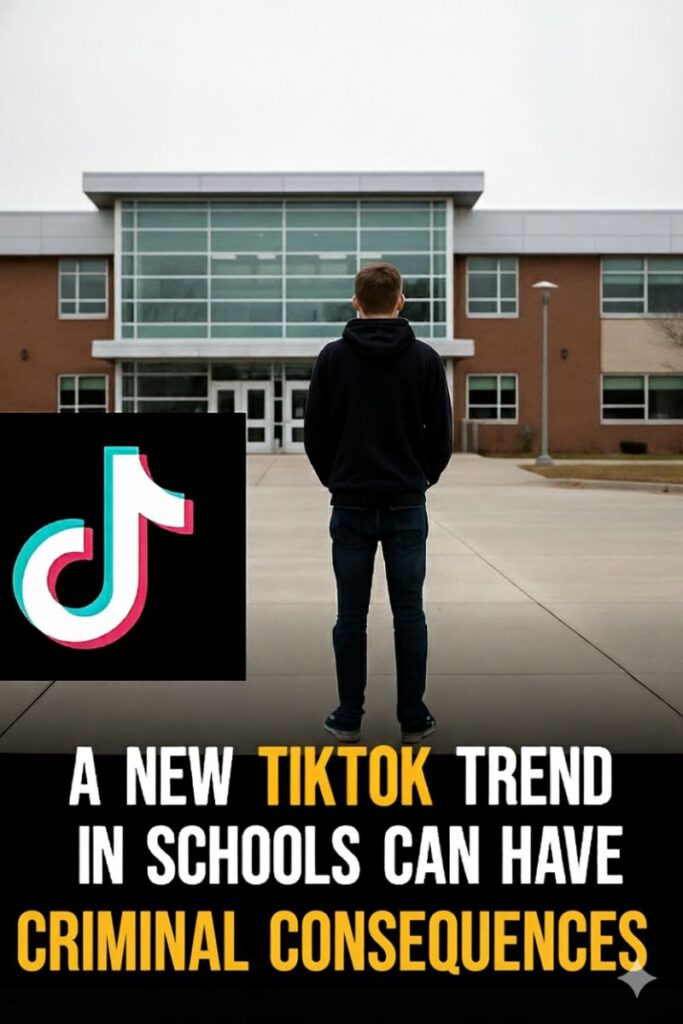When Should I Talk to My Child About Porn?
This is one of the most common questions I get from parents, and here’s the honest truth:
If you’re waiting for the perfect time, it’s probably already too late.
Kids are often ready for this conversation before we are. If they go on playdates with friends who have older siblings or have access to devices, even just now and then, they’ve likely already seen or heard something.
So instead of turning it into a “big talk,” just make it part of everyday conversation.
It doesn’t need to be a heavy, sit-down moment with serious faces and intense eye contact. It can be a casual, calm chat while walking, in the car, or doing something around the house.
The more we normalise these conversations, the more confident our kids will feel coming to us when they see something confusing or upsetting.
Keep it age-appropriate, open, and judgment-free.
Starting early gives them the tools to understand and deal with what they might come across online.
Keep in mind that a young child may not need to hear the word “pornography” just yet, but they do need to know what to do if they see something confusing or inappropriate.
A simple way to explain this:
Compare the internet to a walk in the woods.
“When we go outside, sometimes we see beautiful things, but sometimes we see something scary.”
“If you saw something strange or scary, you’d tell me, right?”
Apply this to online content.
“The internet is like the woods. There are lots of fun things to see, but sometimes there are things we shouldn’t look at.”
“If you ever see a picture or video of someone without clothes on, tell me right away.”
Reassure them.
“You will never get in trouble for telling me!”
“I want to help keep you safe.”
A Simple Script for Parents
Parent: “Hey, I see you’re using the tablet! Do you like it?”
Child: “Yeah, I love it!”
Parent: “That’s great! Can you put it down for a second? I want to tell you something important.”
Child: “Okay.”
Parent: “You know what private parts are, right?”
Child: “Yes!”
Parent: “If you ever see a picture or video of someone’s private parts on your screen, what do you think you should do?”
Child: “I don’t know.”
Parent: “Just put it down and tell someone. Can you say that back to me?”
Child: “Put it down and tell someone!”
Parent: “That’s right! Who could you tell?”
Child: “Mom, Dad, Grandma…”
Parent: “Yes! You can always tell us.”
Having this conversation regularly helps kids feel confident about what to do.
Keep Checking In
After introducing this idea, follow up occasionally:
“Hey, have you seen anything strange or confusing on your tablet lately?”
“Remember, if you ever see something weird, just put it down and tell me.”
This keeps the conversation open and makes it easier for kids to talk to you.

What If My Child Has Already Seen Inappropriate Content?
If your child has already been exposed to inappropriate content, don’t panic. The way you respond matters.
Here’s what you can do:
Stay calm.
Reacting with anger or fear can make your child feel ashamed and less likely to come to you in the future.
Take a deep breath before responding.
Ask open-ended questions.
“Can you tell me what you saw?”
“How did you feel when you saw it?”
Reassure them.
“You’re not in trouble for telling me.”
“I’m really glad you came to me. Let’s talk about what happened.”
Explain why it’s not for kids.
“Sometimes, people put pictures and videos online that aren’t meant for kids. They can be confusing or even upsetting.”
“That’s why I want you to tell me if you ever see something like that again.”
Set up safety measures.
Adjust parental controls on devices.
Keep screens in shared spaces.
Check in regularly and continue open conversations.
Teaching the Word "Pornography" at the Right Time
By age six or seven, kids may hear the word pornography from other kids. At this stage, you can introduce the term in a low-pressure way:
Remind them of past conversations.
“Remember when we talked about seeing private parts on the internet?”
Introduce the word.
“There’s a word for that—it’s called pornography.”
Keep the rule the same.
“If you ever hear someone say that word, or if you see anything confusing, just tell me. No big deal!”
When handled calmly, kids won’t feel shame or fear—they’ll just know what to do.
Why Trust and Openness Matter

Children who feel comfortable talking to their parents about difficult topics are more likely to make safe choices. Creating a judgment-free space is key.
Avoid reacting with shock or anger if they come to you with a question.
Praise them for talking to you: “I’m so glad you told me! That was really smart.”
Keep the conversation going as they grow older—adjusting the details to fit their age.
This approach helps kids feel safe, informed, and supported.
Setting Up Safe Digital Habits
Besides having conversations, parents can take extra steps to create a safer online experience:
- Use parental controls – Set up kid-friendly filters on tablets and streaming services.
- Keep screens in shared spaces – Avoid letting young children use devices alone.
- Limit screen time – Encourage outdoor play, reading, and other activities.
- Model good digital habits – Kids learn from watching how adults use technology.
Final Thoughts
Talking to your child about online safety doesn’t have to be overwhelming. Starting early, using simple language, and keeping an open dialogue will help your child feel confident about what to do if they ever encounter something inappropriate.
By creating a home environment built on trust and communication, you’re giving your child the tools they need to navigate the digital world safely. Regular check-ins, age-appropriate conversations, and clear guidance will help them feel secure in coming to you with questions or concerns.









